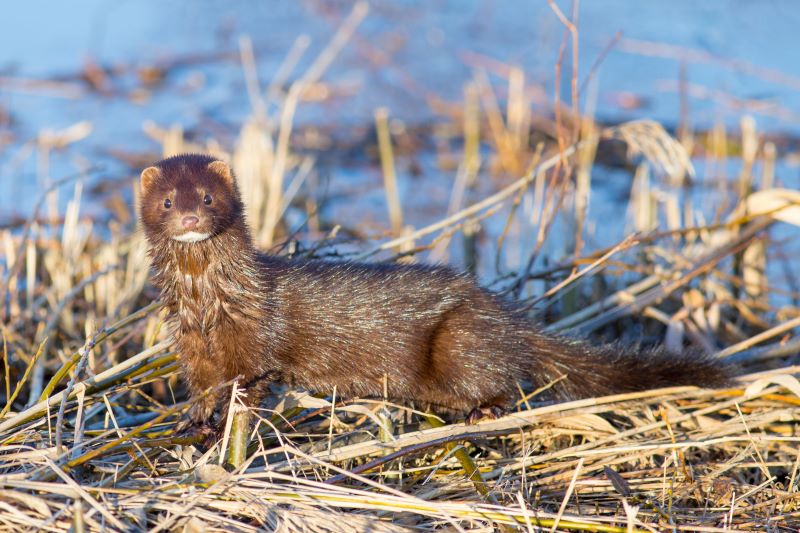
Empirical assessment of welfare in wild American mink and Eurasian otters: the effects of intra- and inter-specific population density
Scientific and societal interest in the welfare of free living wild animals is increasing, but it's study remains methodologically challenging, particularly for species that are harder to observe during daytime, such as carnivore species. The aim of this project is to provide insight into variation in welfare in response to changes in intra- and inter-specific population density (two potential stressors) using American mink and Eurasian otters in the UK as a model system.

Challenge
This project centers on two UK mustelid species - American mink and Eurasian otters - to investigate the effects of population density on wild animal welfare by non-invasively collecting physiological (e.g. 'stress' hormone levels) and behavioural (e.g. shifts in activity) indicators. In addition of being one of the first studies to respond to growing interest in understanding and measuring the welfare of wild animals, by focusing on American mink, this research uses a well validated welfare study system (as their welfare in captivity is well understood as a model carnivore species) as well as help bridge the fields of animal welfare and conservation, as this species is the target of intense conservation management in the UK and elsewhere in Europe as an introduced species.
Impact
This project will therefore impact not only the scientific community, but also will be of interest to conservation stakeholders (e.g. Defra, Nature England, Wildlife Trusts) and the general public.
Partners
Funders: Wild Animal Initiative
Co-PI: Dr. Lauren Harrington, WildCRU, Oxford University
